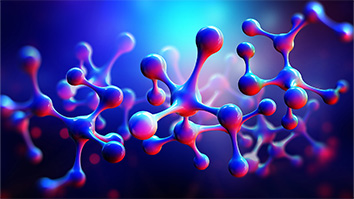Citation
Ng, T.; Schwartz, D. E.; Lavery, L. L.; Whiting, G. L.; Russo, B.; Krusor, B. S.; Veres, J.; Alam, N.; Broms, P.; Hagel, O.; Herlogsson, L; Nilsson, J.; Karlsson, C. Organic complementary decoder circuits patterned by inkjet printing for addressing memory elements. 2012 Flexible Electronics and Displays Conference; 2012 June 8; Phoenix, AZ.
Abstract
The availability of n- and p-channel solution-processed semiconductors enables the fabrication of complementary circuits, which have the advantages of lower power consumption and simpler design compared to unipolar circuits. At PARC, organic complementary circuits have been demonstrated by inkjet printing. With all-printed solution processing, we have fabricated peripheral circuits required for addressing passive matrix arrays. A printed decoder is integrated with an array of ferroelectric capacitors for flexible memory applications. The decoder is currently designed to handle 3-bit (8 cells) address lines. In addition to demonstrating the decoder performance, we will also discuss how we tackle the challenges of device variations and stability in printed transistors. In additional to complementary circuits, we have developed resistive memories to function as control elements. Here metal/oxide/metal junctions were the memristive devices (named from memristors, short for memory resistors), and they were utilized to demonstrate a threshold detector, in which the printed memristive junctions were connected with a piezo voltage-pulse input and an electrophoretic display output. The memristive circuit would switch the color of display pixels depending on the number of input pulses sensed by the piezo. This demonstration used only passive elements and no battery and illustrated that memristive elements can be used as integral control switches for printed electronics.


